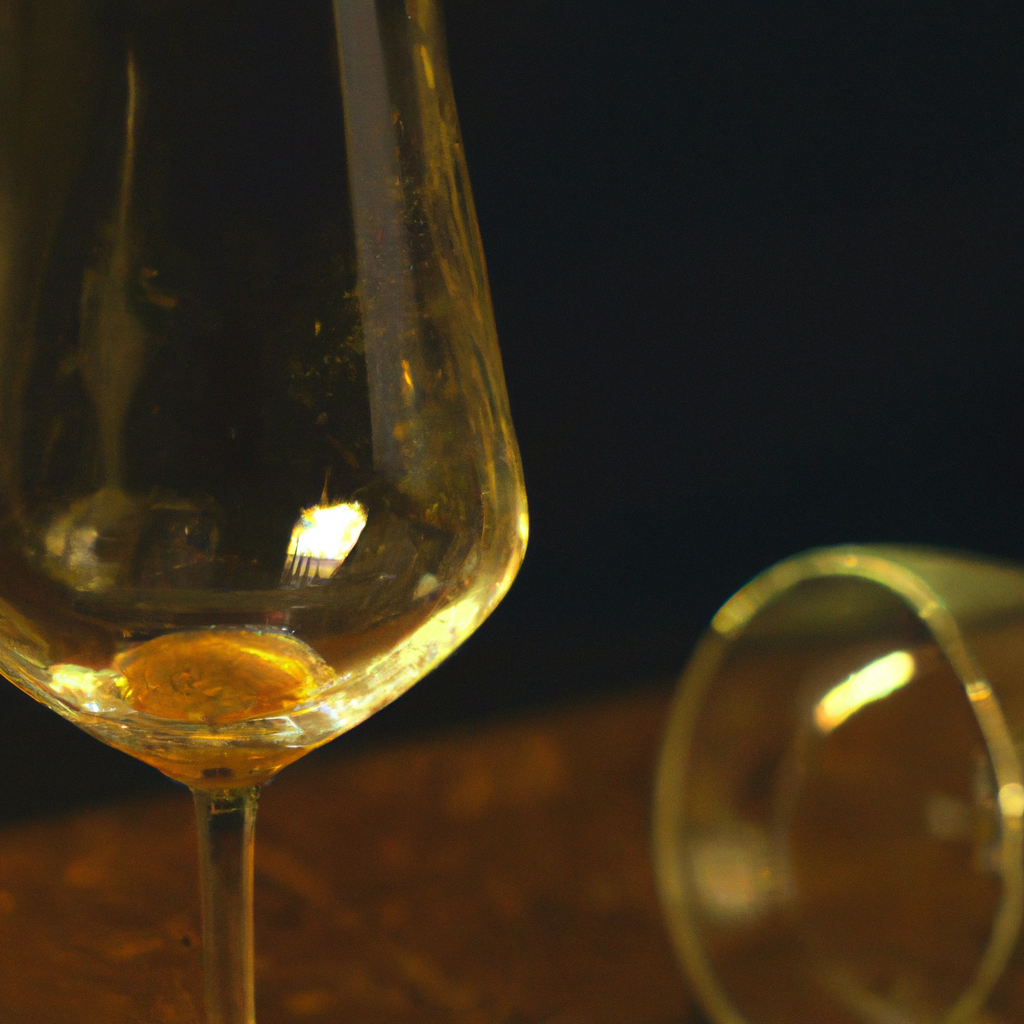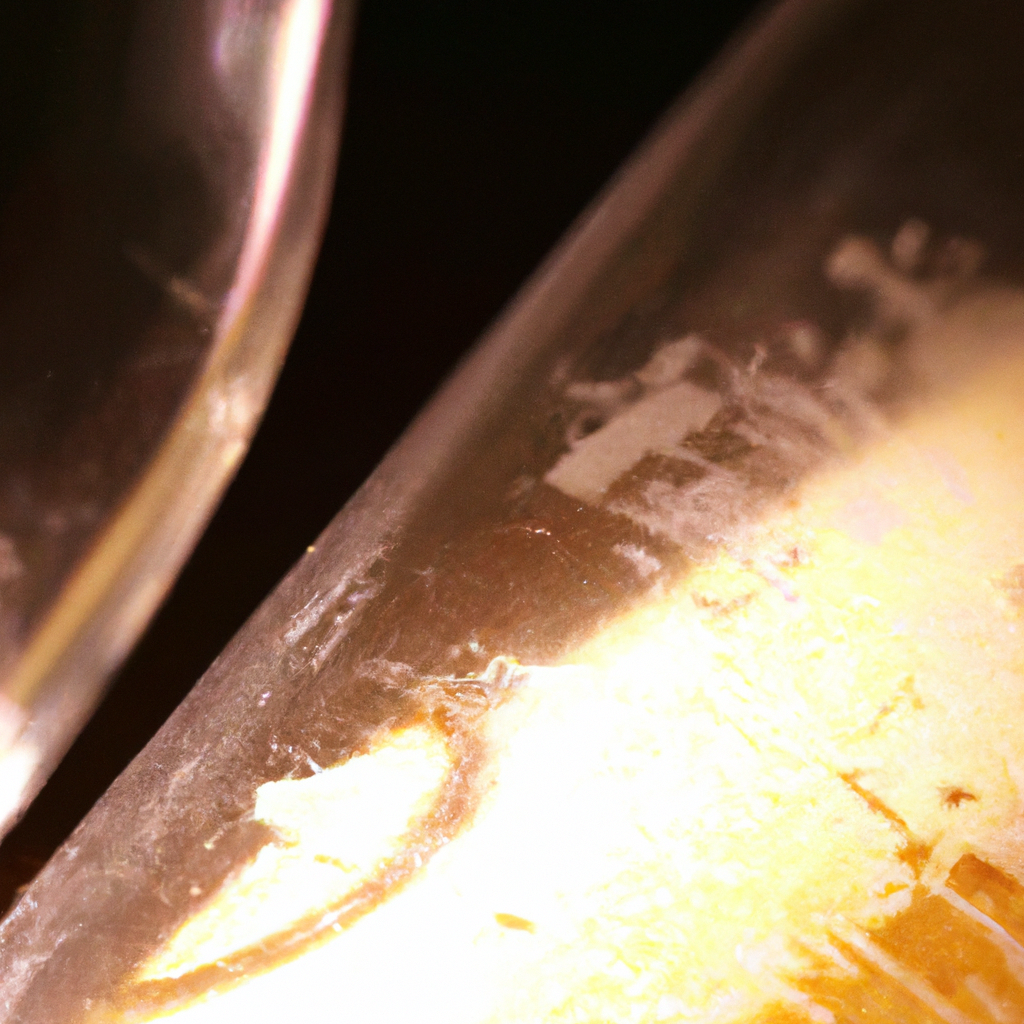
-
Article Summary
- The Fatal Flaw That Ended the Lives of Exceptional White Wines
- Key Takeaways
- Introduction: The Oxidation Crisis in White Wines
- The Rise and Fall of White Burgundy
- Addressing the Issue: Changes in Winemaking Practices
- FAQ Section
- What is premature oxidation?
- Which wines are most affected by premature oxidation?
- What causes premature oxidation?
- What steps have winemakers taken to address premature oxidation?
- Is premature oxidation still a problem?
- Conclusion: The Ongoing Battle Against Premature Oxidation
- Revisiting the Key Takeaways
The Fatal Flaw That Ended the Lives of Exceptional White Wines

[youtubomatic_search]
Key Takeaways
- The fatal flaw that ended the lives of exceptional white wines is premature oxidation.
- Premature oxidation is a chemical reaction that occurs when wine is exposed to too much oxygen, causing it to lose its freshness and flavor.
- White Burgundy wines were particularly affected by this issue in the 1990s and early 2000s.
- Winemakers have since taken steps to address this issue, including changes in bottling practices and cork quality.
- Despite these efforts, premature oxidation remains a concern for white wine producers and enthusiasts.
Introduction: The Oxidation Crisis in White Wines
White wines, particularly those from the Burgundy region of France, have long been celebrated for their exceptional quality and complexity. However, in the 1990s and early 2000s, a crisis emerged that threatened the reputation and longevity of these esteemed wines. The culprit? Premature oxidation, a chemical reaction that caused these wines to age prematurely, losing their freshness and flavor. This article explores the causes and consequences of this fatal flaw, as well as the steps taken by winemakers to address it.
The Rise and Fall of White Burgundy
White Burgundy, made primarily from the Chardonnay grape, is renowned for its ability to age gracefully, developing complex flavors over time. However, in the 1990s, wine enthusiasts began to notice that their prized bottles were aging prematurely. The wines lost their freshness and complexity, developing off-flavors and a deep, amber color. This phenomenon, known as premature oxidation or “premox,” was a disaster for both collectors and producers.
According to a study published in the Journal of Agricultural and Food Chemistry, premature oxidation is caused by excessive exposure to oxygen, which can occur during the winemaking process or due to faulty corks. The oxidation process can be exacerbated by high temperatures and light exposure, making proper storage crucial for preserving wine quality.
Addressing the Issue: Changes in Winemaking Practices
In response to the premox crisis, winemakers in Burgundy and elsewhere have made significant changes to their practices. These include reducing the use of new oak barrels, which can increase oxygen exposure, and improving bottling techniques to minimize oxygen contact. Some producers have also switched to screw caps or high-quality corks to better seal the wine and prevent oxidation.
Despite these efforts, premature oxidation remains a concern. A 2014 survey by Wine Spectator found that 12% of white Burgundies from the 2005 vintage showed signs of premox, indicating that the issue has not been fully resolved.
FAQ Section
What is premature oxidation?
Premature oxidation is a chemical reaction that occurs when wine is exposed to too much oxygen, causing it to lose its freshness and flavor prematurely.
Which wines are most affected by premature oxidation?
White wines, particularly those from the Burgundy region of France, have been most affected by premature oxidation.
What causes premature oxidation?
Premature oxidation can be caused by excessive oxygen exposure during the winemaking process or due to faulty corks. It can also be exacerbated by high temperatures and light exposure.
What steps have winemakers taken to address premature oxidation?
Winemakers have made changes to their practices, including reducing the use of new oak barrels, improving bottling techniques, and using high-quality corks or screw caps.
Is premature oxidation still a problem?
Yes, despite efforts to address the issue, premature oxidation remains a concern for white wine producers and enthusiasts.
Conclusion: The Ongoing Battle Against Premature Oxidation
The premature oxidation crisis has had a significant impact on the world of white wines, particularly those from Burgundy. Despite efforts by winemakers to address the issue, it remains a concern, highlighting the delicate balance required in the winemaking process. As wine enthusiasts and producers continue to grapple with this issue, the story of premature oxidation serves as a reminder of the fragility and complexity of wine.
Revisiting the Key Takeaways
- Premature oxidation, caused by excessive oxygen exposure, is the fatal flaw that has threatened the quality and longevity of exceptional white wines.
- White Burgundy wines were particularly affected by this issue in the 1990s and early 2000s, causing a crisis in the wine world.
- Winemakers have responded by changing their practices, including reducing the use of new oak barrels, improving bottling techniques, and using high-quality corks or screw caps.
- Despite these efforts, premature oxidation remains a concern, with a 2014 survey finding that 12% of white Burgundies from the 2005 vintage showed signs of premox.
- The story of premature oxidation highlights the fragility and complexity of wine, and the ongoing efforts to preserve its quality and character.
[youtubomatic_search]






